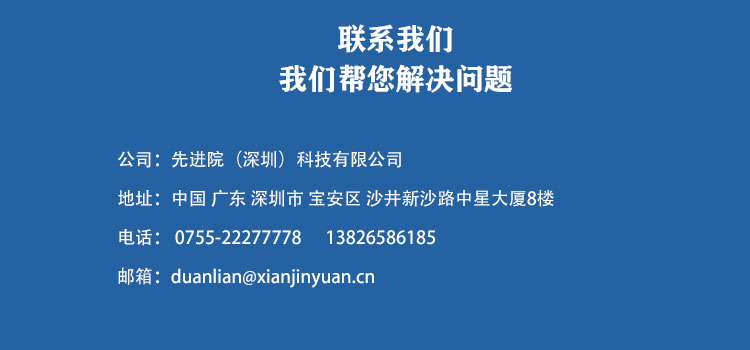

Hotline:0755-22277778
Tel:0755-22277778
Mobile:13826586185(Mr.Duan)
Fax:0755-22277776
E-mail:duanlian@xianjinyuan.cn
Ruthenium dioxide (RuO ₂)As an important precious metal compound, it has a wide range of applications in electronic materials, catalysts, and sensors due to its excellent conductivity, chemical stability, and unique physical properties. The crystal form of ruthenium dioxide has a significant impact on its properties during the preparation process. This article will explore the control technology of crystal structure in the preparation process of ruthenium dioxide, in order to provide reference for research and application in related fields.
The traditional methods for preparing ruthenium dioxide include chemical vapor deposition, solution method, and solid-phase synthesis. These methods can to some extent achieve the preparation of ruthenium dioxide, but there are problems such as high thermal energy consumption and serious environmental pollution, and the preparation process is complex, which is not conducive to large-scale production.
In recent years, researchers have proposed a new approachRuthenium dioxidePreparation method - Metal Organic Framework (MOF) template method. This method uses metal organic frameworks as templates and efficiently prepares high-purity ruthenium dioxide through chemical reduction and pyrolysis steps. Compared to traditional methods, MOF template method has advantages such as precise control of product structure and morphology, efficient removal of impurities, and reduction of environmental pollution.
In the preparation process of ruthenium dioxide, the preparation conditions have a significant impact on the formation of crystal forms. Here are some key preparation conditions and their effects:
Temperature: Temperature is an important factor affecting crystal structure. In the MOF template method, the temperature and time of the pyrolysis reaction need to be strictly controlled to obtain the desired crystal form. Excessive temperature may lead to the destruction of crystal forms, while excessively low temperature may prevent the formation of complete crystal forms.
Pressure: Pressure conditions also have a certain impact on the formation of crystal forms. Within a specific pressure range, it is advantageous to form specific crystal forms of ruthenium dioxide.
The ratio of reactants: During the preparation process, the ratio of metal ions to organic ligands has a significant impact on the formation of crystal forms. By adjusting the ratio of reactants, the structure and properties of the product can be controlled.
Solvent selection: The type and properties of the solvent may also affect the formation of crystal forms. Choosing the appropriate solvent can help form the desired crystal form.
Adding an appropriate amount of additives during the preparation process can regulate the formation of crystal forms. For example, certain surfactants or inorganic salts can serve as crystal morphology regulators, controlling the crystal growth rate and orientation to achieve crystal morphology control.
Post processing technology is also an important means of controlling crystal structure. The crystal structure of ruthenium dioxide can be further adjusted and optimized through post-treatment processes such as heat treatment, acid washing, and alkali washing. For example, heat treatment can promote the recrystallization and growth of crystals, thereby improving the integrity and uniformity of crystal structures.
In the field of electronic materials, through controlRuthenium dioxideThe crystal structure can enhance its conductivity and chemical stability, thereby preparing high-performance electronic components. In the field of catalysts, specific crystal forms of ruthenium dioxide exhibit higher catalytic activity and selectivity, which helps to improve the efficiency of catalytic reactions and the purity of products. In the field of sensors, controlling the crystal structure is also of great significance for improving the sensitivity and stability of sensors.
The crystal form of ruthenium dioxide has a significant impact on its properties, therefore strict control of crystal form formation is required during the preparation process. By optimizing preparation conditions, adding appropriate additives, and adopting reasonable post-treatment processes, effective control of the crystal structure of ruthenium dioxide can be achieved. These technological means provide strong support for the application of ruthenium dioxide in fields such as electronic materials, catalysts, and sensors. In the future, with the deepening of research and continuous development of technology, it is believed that the crystal structure control technology of ruthenium dioxide will be further improved and promoted.
The above data is for reference only, and specific performance may vary due to production processes and product specifications.

Advanced Institute (Shenzhen) Technology Co., Ltd, © two thousand and twenty-onewww.leird.cn. All rights reservedGuangdong ICP No. 2021051947-1 © two thousand and twenty-onewww.xianjinyuan.cn. All rights reservedGuangdong ICP No. 2021051947-2